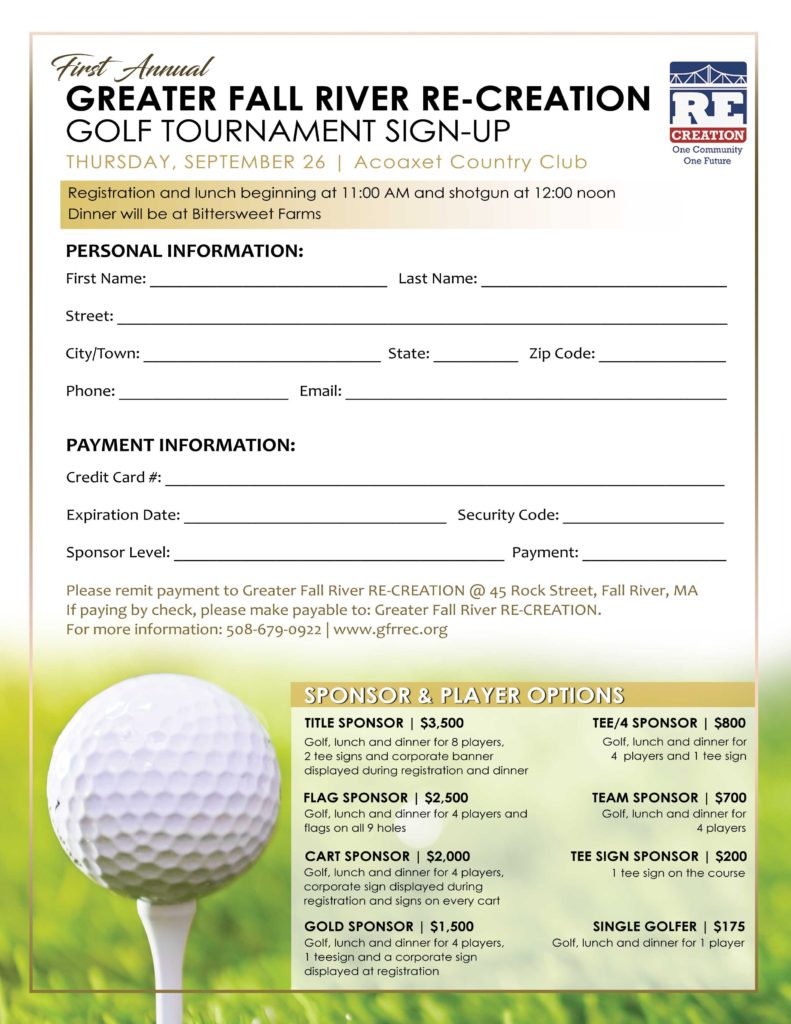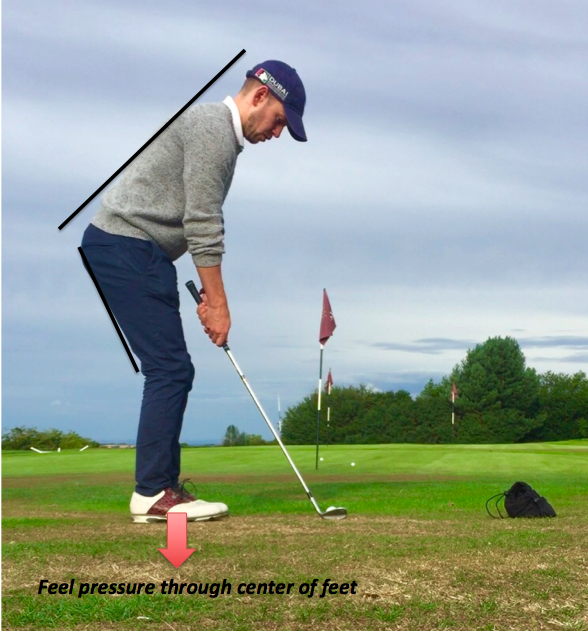


Golfers who carry their own bags have higher rates of shoulder and back injuries than do other golfers. Try walking, jogging, bicycling or swimming. And the Department of Health and Human Services recommends getting at least 150 minutes of moderate aerobic activity or 75 minutes of vigorous aerobic activity a week, or a combination of moderate and vigorous activity. Regular aerobic activity can give you staying power on the course. Regular stretching can improve your range of motion and lead to a more fluid golf swing. For best results, do strength training exercises year-round, and focus on muscle balance, especially around the shoulders. Stronger muscles are also less likely to be injured. But the stronger your muscles, the greater your club speed. You don't need bulging muscles to hit a long drive. Work up to your desired activity level instead, and focus on proper form. But if your body isn't conditioned for the strain or your swing mechanics are suboptimal, repetitively practicing your golf swing may do more harm than good. You might start out by practicing your swing for hours, believing it's helping your game. Swing your golf club a few times, gradually increasing your range of motion and swing speed. Stretch your hands, wrists, forearms, elbows, shoulders, spine and pelvis. Before you practice your swing or play a round of golf, warm up for at least 10 minutes with a brisk walk or a set of jumping jacks. Consider other ways to lower your risk of golf injuries: There's more to golf than your golf swing. Slide show: Golf stretches for a more fluid swing What you learn about your golf swing may even help you shave strokes off your score. If you want to reduce the risk of golf injuries, consider taking lessons.

The best golfers have consistent - not necessarily fast - swing tempos. Relax and take a nice, easy swing at the ball. If you swing the club too hard or too fast, you may stress your joints. For example, overemphasizing your wrists during your swing can lead to golfer's elbow - a strain of the muscles on the inside of the forearm. If you depend on one part of your body for your hitting power, you may be more likely to have injuries. The power of a golf swing comes from force transferred smoothly through all the muscle groups, from your ankles to your wrists. Avoid hunching over the ball, which may lead to neck and back strain. Your trunk should be tilted forward, but most of that movement should come from your hips. Stand with your feet shoulder-width apart and rotated slightly outward, and with your knees slightly bent.


 0 kommentar(er)
0 kommentar(er)
